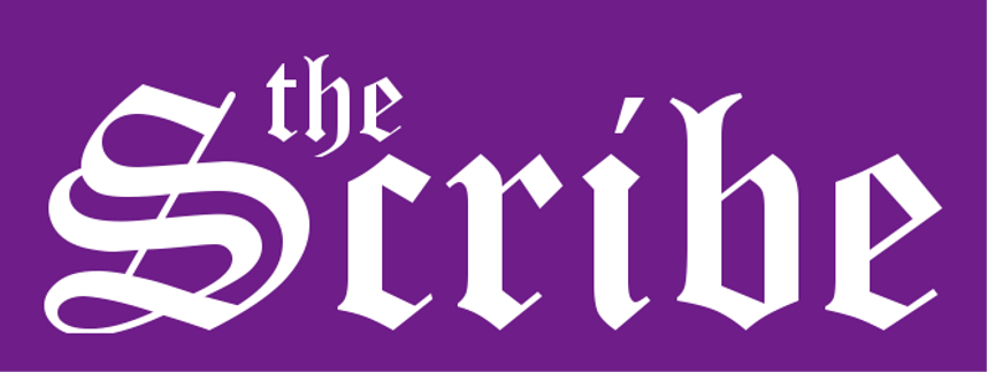Hijab – a ‘cover, wrap, curtain, veil, screen, [or] partition’. – a simple
headscarf – the entire ensemble a woman wears that covers her whole body, with the
exception of her face, and hands, in loose, opaque, non-distinctive clothing – the philosophy of dressing and acting modestly.
[The Oxford Encyclopedia of the Modern Islamic World]In the twenty-first century, the veiled Muslim woman has come to represent a symbol of backwardness and oppression. Although there is evidence to support this opinion, in majority, I feel this viewpoint is a mistaken belief that the only model of freedom for women is the western model of feminism. In actuality, to many Muslim women, freedom of choice plays an important part in expression of faith.
First off, liberals take the question of whether to wear the veil or not outside of the realm of the Qur’an; “It’s an oppression imposed upon you.” The notion that societal expectation is what makes women wear the hijab is leaving out the fact that what makes a woman a Muslim woman has to do with this
certain tradition. The source of identity as a Muslim woman is from the Qur’an and the Qur’an teaches the importance of modesty.
“The hijab is oppressive to women and an obstacle to their freedom,” reflects the western feeling that it is necessary for women to compete with men over
control of public space, rather than valuing diversity of roles for both. It is important to know that the culture carries an understanding of sacredness in
the private domain. Therefore, just as Muslims convert ordinary space into temporarily sacred space through ritual cleansing and prayer wherever they may
be – so too, Muslim women carry their sacred private space into public by use of the veil.
For those who hold the view that the veiled Muslim woman is backward in the face of modernity, rethink your view! By wearing a veil, claiming the right for places to pray at work or school, and demanding special foods, Muslim
women are making a positive affirmation of their Islamic identity. They are showing the West that they are more zealous in their religious observances than
those who confine their religious values to privacy. By wearing the headscarves in the face of modernity, Muslim women are unintentionally altering the symbol and the role of Muslim women.
